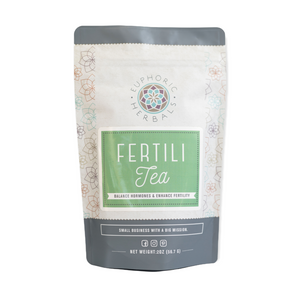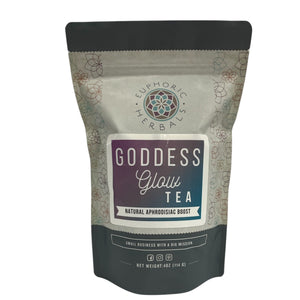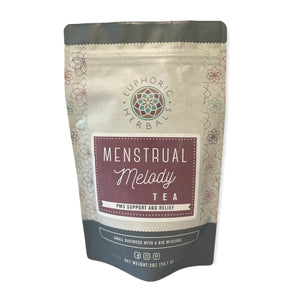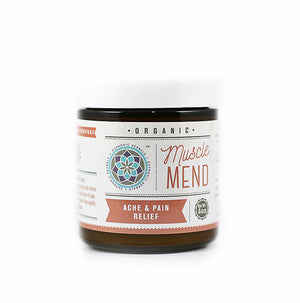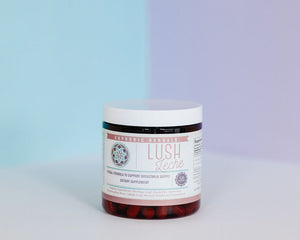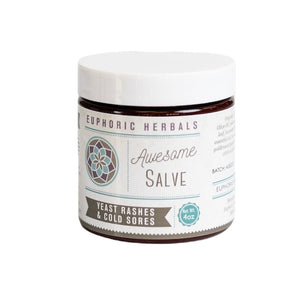If you've heard of arnica, it's most likely as an ingredient in a pain-relieving gel or cream. This potent herb has been used for hundreds of years for this purpose, but like most herbs, the benefits of arnica extend beyond just a single positive effect.
Besides buying it as a product in the store, you can make arnica oil at home to use for a variety of purposes. It's a great oil to have on hand for everyday aches, pains, and other ailments.
Here's more about the benefits of arnica, how to use it, and precautions you should know about.
What Is Arnica?
Arnica is a plant originally native to the mountain areas of Europe and Siberia. There are several different species of arnica, including one native to North America, but Arnica montana is the species most often used medicinally.
Throughout history, arnica has been called by several other names including Mountain Tobacco, Wolf's Bane, and Leopard's Bane. It's said to have been discovered by goat herders centuries ago. They noticed that their goats would go up the mountain searching for arnica plants to eat whenever they got injured. (1)
The arnica plant itself is an herbaceous perennial with soft, fuzzy leaves. Its name is actually thought to be taken from the Greek word 'arni', which means lamb (referring to the soft leaves).
The plants grow one to two feet tall and bloom with bright yellow, daisy-like flowers. These flowers are the part of the plant used medicinally and valued for their pain-relieving effects.
Arnica is almost always used topically or internally in extremely small homeopathic amounts.
Benefits of Arnica
Relieves Pain
Arnica flowers and the oil made with them contain a potent compound called helenalin. It has powerful anti-inflammatory effects and is thought to be one of the main constituents that helps with pain as well. (2)
Traditionally, arnica has been used topically for all kinds of pain: muscle soreness, arthritis, inflammatory conditions, and pain from injury. It's now used in commercial products after these pain-relieving benefits were "discovered" by modern research.
Studies have shown that arnica gel or cream can help with muscle pain after intense exercise. It's also been shown to be an effective and safe treatment for mild to moderate osteoarthritis knee and hand pain. (3)(4)(5)
Interestingly, arnica taken internally in homeopathic (extremely small) amounts has also shown potential, specifically for reducing pain and swelling post-surgery. (6)
For an everyday muscle rub, try arnica in this Muscle Mend salve.
Helps Bruising and Swelling
Another of the top benefits of arnica is its ability to reduce bruising and swelling. Helenalin, the anti-inflammatory plant compound, is likely responsible for this to a large degree.
Arnica oil works in part by stimulating white blood cells that help to break down excess fluid and blood and stop capillaries from bleeding. It can also stimulate blood flow to bruised areas to encourage broken blood vessels to heal. The anti-inflammatory nature of arnica encourages swelling to decrease.
One study done in 2010 showed that a topical 20% arnica treatment was able to reduce bruising better than both a placebo and a low concentration of vitamin K cream. (7)
Injury Recovery
Obviously, the pain-relieving nature of arnica explains why it's often been used for injuries. However, it's also used for the added benefit of helping injuries heal more quickly.
Besides helenalin, arnica is also rich in thymol, a plant compound that can help with healing by improving the transport of oxygen-rich blood and anti-inflammatory compounds to the damaged site.
In fact, arnica was once known as the "tumbler's cure all" because of its ability to help the body recover after injury.
There's also indication that arnica can especially help with the pain and inflammation of carpal tunnel syndrome. This is a condition that very painfully affects the wrists and is common in those who type a lot.
Topical treatment with arnica can be used as part of a management plan for carpal tunnel syndrome as well as helping with pain after wrist surgery. (8)
Antimicrobial
Although arnica is often thought of in relation to pain, inflammation, and injury. it has other lesser known benefits. Like many other strong herbs, it possesses antimicrobial properties, especially antifungal and antibacterial. (9)
Arnica oil can be beneficial for protecting your skin from pathogens that take advantage of damaged areas. Many people also find it helpful for applying to bug bites, especially those that won't quit itching.
You can try it out for yourself as part of this Awesome Antifungal salve, good for a whole host of everyday annoyances.
Hair Growth and Scalp Health
Another lesser known benefit of arnica is for your hair. It's actually an ingredient in many shampoos and hair treatments because it can help to stimulate hair growth.
The antimicrobial properties of arnica are also good for scalp health. You can try it as part of a shampoo or conditioner or simply use the oil to massage your scalp.
How to Get the Benefits of Arnica
One of the easiest ways to get the pain-relieving benefits of arnica is to buy a cream, gel, or salve made with the flowers. It's one of the best herbs for pain and inflammation, so you'll find it in a lot of natural topical products.
You can also buy or make arnica oil that is simply the flowers infused into an oil base.
To make your own, add the dried flowers to a clean glass jar. Cover the herbs by an inch or two with a plant-based oil like olive or sweet almond. Keep in a warm spot for at least 2 weeks but preferably 4-6 weeks (it will get stronger the longer it sits). Strain out the herbs and store the oil in clean jars in a cool and dark location.
You can use store-bought or homemade arnica oil as a massage oil, to rub on bug bites, or to make a salve, lotion, etc.
Precautions
Certain compounds in arnica are toxic if ingested in large amounts. This is why it's not used internally, and you should avoid ingesting any part of the herb.
The one exception to this is arnica used internally in homeopathic amounts. Homeopathy uses extremely small amounts of herbs, and doses don't contain enough herb to cause toxicity. Even so, this should be done under the supervision of a qualified practitioner, since arnica can cause vomiting, diarrhea, and more severe side effects if taken in too large an amount.
Topical use of arnica is considered safe and rarely has side effects. However, if you're allergic to plants in the daisy/ragweed family, you may experience an allergic reaction. Do a patch test the first time you use arnica, and discontinue use if you react to it.
Don't apply arnica to open wounds.
Get Relief With Arnica
Arnica is a wonderful herb that's especially valued for its pain-relieving properties. It's great when used as a rub for sore muscles, bruises, swelling, and general aches. You can apply it to injured areas or try an arnica shampoo for healthy scalp and hair.
With all its benefits for everyday life, arnica is definitely an herb to keep on hand!






















































